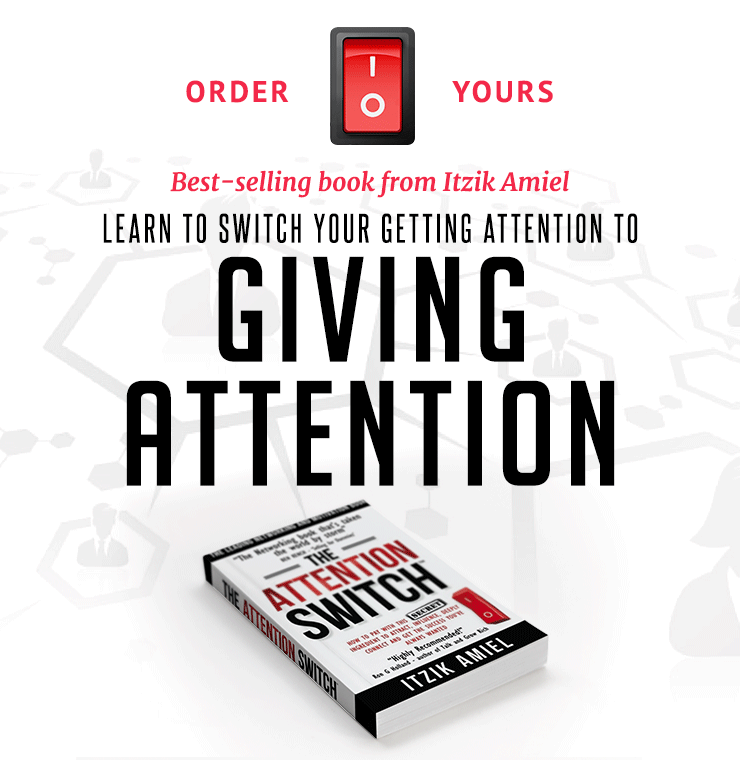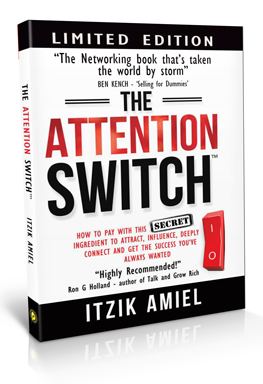Being a professional and building your professional practice is challenging. So many things to take care of..so limited time….
But no matter how busy you get, you can’t forget the most important aspect of your business — your clients.
Their needs must be understood and be met.
The key is to create an experience that adds value to your clients. It’s about building real relationships with your clients.
But who is doing it in your practice or business?
During the last decade, while helping many professional firms grow and expand their practice we discovered that many business developers in professional firms focus only on winning the next client or the next project.
At the same time, they give little consideration to winning many more projects with the same client. A client that already like, trust and know their practice and the personnel.
On the other hand, in some other professional firms, more experienced developers focus on building lasting client relationships to provide a solid foundation from which they can gain more business and win “the war” against the competition.
Needless to mention that building strong client relationships is an integral business development strategy to improve your practice’s bottom line and support its long-term growth.
We all know – Happy clients will keep coming back, and they may also recommend your services to others.
Now, I dare to assume that most professionals know that acquiring new clients costs more than growing business opportunities with repeat clients.
So why not all (or most) of the business development of professional practices aim to build stronger relationships with existing clients and connections instead of just looking for new clients?
Or how can we improve the experience of clients of professionals to build new and better opportunities to serve these clients?
Let me offer 5 ways to support the business development and improve the client experience with your practice:
1. Create a client experience strategy
Most professionals include in their business development plans a strategy that helps them to take the right direction in building their practice.
But I rarely find professionals that include in their business development plan a special part dedicated for “the client experience strategy”.
Probably many of you asking what is a “client experience strategy”?
Let me put it simply – it is the process of documenting your client’s journey so you will understand better how to serve their needs.
We believe that you, as a professional, need to understand and record of how to bring value at every stage of the project of your clients.
This is even more important in cases where the project involves other people except for yourself.
Since the overall success of the project and your client experience depends very much on the successful implementation of each part of the project.
2. Close the client experience gaps
Many research done in the professional industry found that many professionals lose clients and return business from existing clients due to poor clients service.
I want you to ask yourself – what’s missing from your practice client experience?
Do you have an onboarding special package for every new client who joins your practice?
Does every new client joining your practice receive a welcome call or an email from the right person in your practice (or even from yourself)?
What are the first three touch points of your new client with you or your practice? How do you make these interactions different from any other professional practice?
You, as a professional, have a lot of interesting moments to interact with your clients and connect with them. But do you take advantage of these moments to nurture your relationships?
In order to succeed and close these client experience gaps, you need to:
1. Understand your client’s business
2. Understand your client’s target clients.
3. Understand new innovative tools to business development and create amazing client experience.
We suggest you identify ways to enhance your communication with your clients, as part of your practice business development.
Be proactive and learn how to identify gaps in your clients’ experience to improve your and your team’s performance.
3. Deliver more to your clients
You, as a professional, got hired by your clients to solve their problems.
However, providing solutions is only one piece of the puzzle. Any hard-working (and knowledgeable) professional can do that.
But in this ‘Connection Age’, clients expect more.
Clients want you to know them, like them and trust them, before rendering your services to them. Clients expect you to earn their loyalty.
To do so, you need to push beyond the primary business development goals of your practice.
Think of other ways you can satisfy your clients. How can you help them reach their secondary objectives?
So you probably asking how can I achieve it?
A simple example could be introducing your client to another valuable client of yours. In my practice, I used to do it at least once every week.
You could also invite them to join you to an interesting event or even mention your client’s name or business in your article (of course you need to ask their permission first and be careful not to violate their privacy).
Other ideas could be sending a simple “thank you” card for being your client and for their continued support, organizing a special event for your clients etc. Surprise your client with something extra. They will appreciate the genuine attention you give them.
[Remember: If you are busy, we can help. We implement these ideas and more on a regular basis for many professionals and the results are astonishing! ]
4. Conduct an external clients assessment
Do you know how many clients of yours are currently unsatisfied (or not fully satisfied) with your services? Do you know who they are? What did you do in the last 3 months to learn more about the things that your clients want you to improve?
You need to learn the art of “asking” to ask your client the right questions, in the right order, in the right timing to get the information you need to improve your practice services and business development.
We truly believe that If you want a real assessment of client satisfaction, you need to conduct an external audit.
We suggest you hire an outside expert to speak directly to your clients and to observe client interactions with your practice.
When it comes to business development and building clients experience, do not rely too much on opinions and intuition. You need to get actual insights by conducting a proper project to ask and assess your clients’ satisfaction.
5. Focus on your commitment to help
You need to be able to understand the client’s business and to be able to recognize what they’re actually seeking.
Once you find it, focus on it, and demonstrate a commitment to help your clients to achieve it.
How do you demonstrate this?
One of the most common ways is by using a simple question for every client of your practice. I do that every 4-6months.
I ask my clients – “What’s your current greatest concern?”. This single question forces my clients to get clear on their needs. In the same time, it allows me to reassure my clients that I can help with their needs.
You can do the same or find the right single question you can ask every single client of yours.
Challenge your clients to share with you and to become better. Commit to helping them to achieve it.
Key takeaways
Your practice is tackling a wide range of business development issues. However, the client experience is vital to the success of your business.
Develop a client experience strategy. Identify ways to improve the relationship. And conduct an external client assessment to gain more insight.
Treat your clients well. Focus on helping. Ask your client what their greatest concern is, and show your commitment to helping with that.
It’s time to upgrade the experience and to build strong client relationships as a key to sustainable practice business development.
Do you have any of the above business development ways already implemented in your practice or business? Please share which and what are the results?

“Itzik is an International Speaker, Bestselling Author, Business Mentor & Attorney-at-law. The Global Leading Authority on Business Development, Business Networking, Referrals & Relationship Capital & Founder of THE SWITCH® and THE SWITCH HUB®”





